A new special issue of Advanced Materials has highlighted the broad multidisiplinary work being done at the Molecular Foundry, part of the Lawerence Berkeley laboratory.
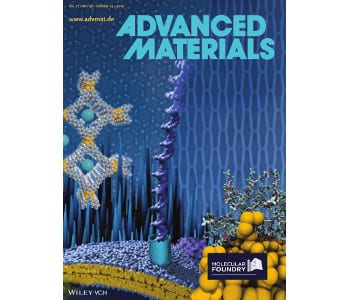

A new special issue of Advanced Materials has highlighted the broad multidisiplinary work being done at the Molecular Foundry, part of the Lawerence Berkeley laboratory.
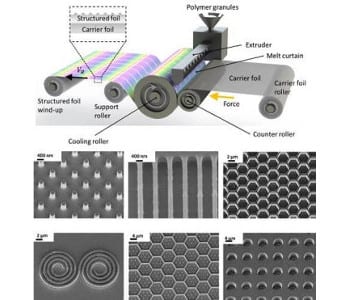
Nanostructures with typical linewidths in the range 100 – 400 nm are best replicated using semi-crystalline polymers such as polypropylene.
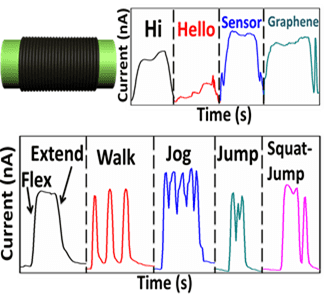
Researchers in China make a stretchable graphene-based motion sensor that can monitor all types of human activities with ultrahigh sensitivity.
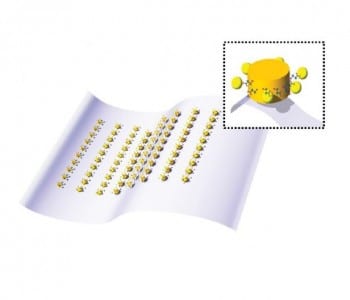
Low concentrations (10 × 10−15 M) of the disease biomarker microRNA-21 (miRNA-21) can be detected by a flexible biosensor.
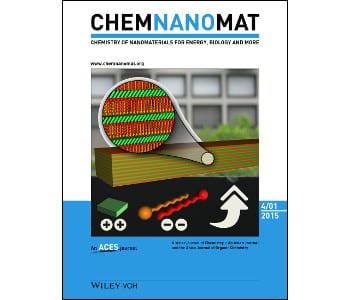
ChemNanoMat is a recently launched journal from Wiley-VCH and ACES that covers the latest discoveries in nanomaterials chemistry. These articles represent the top ten most downloaded papers in the month of August and are all free to access.
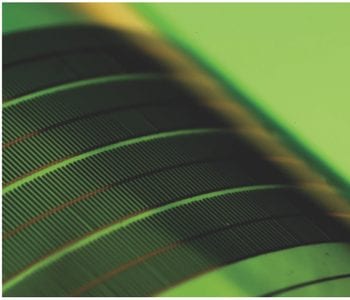
The month’s top articles from the field of nanooptics, optoelectronics, optical devices, detectors & sensors, micro/nano resonators and more.
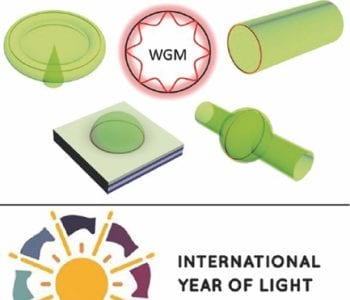
The fundamentals and the advances in the fabrication methods of whispering gallery mode cavities, as well as their application prospects are presented in this review article.
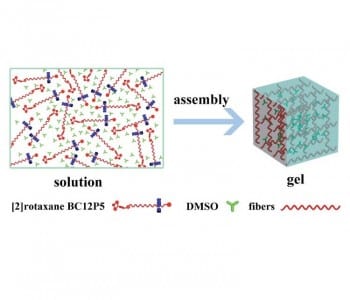
The fluorescent rotaxane is a molecular shuttle sensitive to temperature, pH, and solvent polarity changes. It forms a gel which changes its fluorescence properties upon acidic/basic gas exposure and can be turned into a liquid by shaking, heating, and by adding anions.
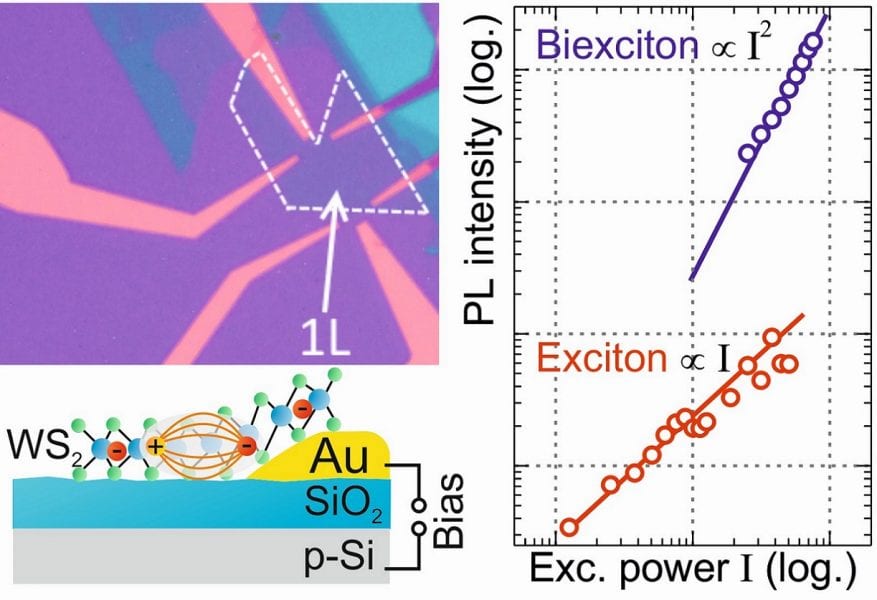
A group of scientists at the University of Regensburg have studied the photoluminescence of gated monolayer WS2 flakes and identified the biexciton emission
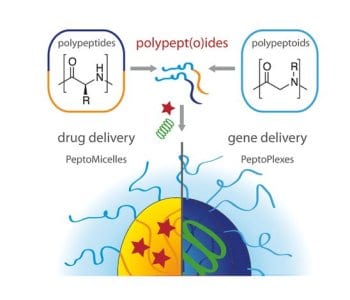
Matthias Barz and Kristina Klinker provide a first overview concerning the work on polypept(o)ides.